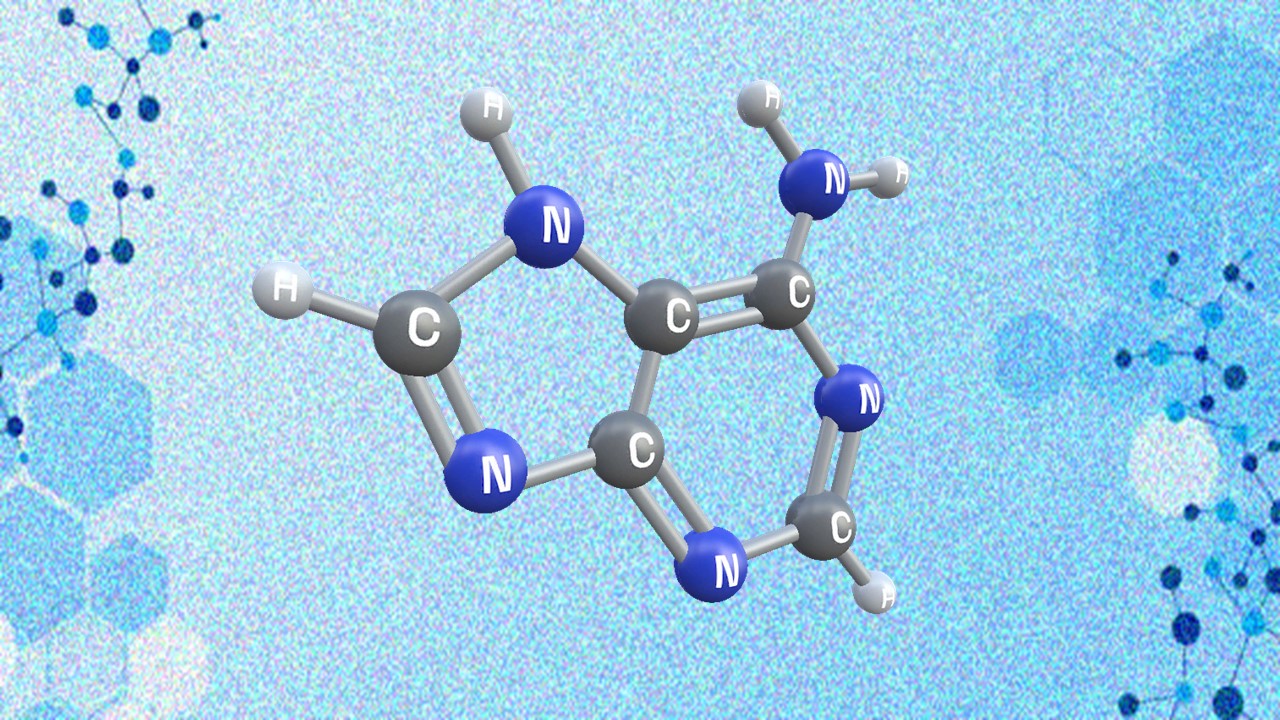RNA-based therapeutics have emerged as powerful tools, enabling the targeted modulation of gene expression for the treatment of a diverse array of diseases. Among the multifaceted RNA-based interventions, this article delves into the intricate world of antisense oligonucleotides (ASOs), small interfering RNAs (siRNAs), and microRNAs (miRNAs), highlighting their mechanisms of action, therapeutic successes, and ongoing clinical investigations.
Antisense Oligonucleotides: Precision Gene Silencing
Evolution of ASOs
Antisense oligonucleotides (ASOs) have traversed a remarkable journey since their inception in 1978. Originally designed to selectively inhibit gene expression by base-pairing with target mRNA, ASOs have evolved into indispensable tools for studying gene functions and developing therapeutics. Notably, ASOs harness various mechanisms, including RNase-dependent cleavage and RNase-independent suppression of protein synthesis, along with the modulation of RNA splicing.
Drugging ASOs: Chemical Innovations
To render ASOs clinically viable, substantial chemical modifications have been implemented. Phosphodiester linkers have given way to phosphorothioate linkages, protecting ribose groups with 2′-methoxy or methoxyethyl. Locked nucleic acid structures and morpholino phosphorodiamidate backbones represent further strides in enhancing ASO stability and cellular penetration. Covalent attachment of ligands, like N-acetylgalactosamine, facilitates selective gene silencing, exemplified by FDA-approved RNA drugs.
Success Stories: ASOs in Action
The FDA approval of fomivirsen in 1998 marked the advent of ASO therapeutics, paving the way for subsequent triumphs. Mipomersen and inotersen, both gapmers, demonstrated efficacy in homozygous familial hypercholesterolemia and hereditary transthyretin-mediated amyloidosis, respectively. Nusinersen, an extensively modified ASO, ushered in a new era by treating spinal muscular atrophy. Meanwhile, Eteplirsen and golodirsen, PMO drugs, showcased their potential in Duchenne muscular dystrophy.
Ongoing Frontiers: Expanding ASO Applications
The ASO journey continues with ongoing clinical trials exploring novel treatments for diverse conditions, from orphan genetic disorders to infectious diseases and cancers. Promising candidates like QR-110 for Leber congenital amaurosis and IONIS-AR-2.5Rx for metastatic castration-resistant prostate cancer exemplify the relentless pursuit of precision in ASO therapeutics.
Small Interfering RNAs: Precision Cytoplasmic Silencers
RNAi Revolution
The advent of small interfering RNAs (siRNAs) in 1998 revolutionized RNA interference (RNAi) technologies. Unlike ASOs, siRNAs operate as double-stranded molecules, utilizing the cytoplasmic RNA-induced silencing complexes (RISCs) for effective gene silencing. Leveraging Dicer and argonaute-2, siRNAs target cytoplasmic transcripts with unparalleled precision.
Designing Effective siRNAs
Effective siRNA therapeutics hinge on meticulous design considerations. Proper target site selection, strategic placement within the coding sequence, and attention to G/C content and nucleotide composition all influence stability and efficacy. Mitigating immune responses and enhancing metabolic stability through chemical modifications further refine the therapeutic potential of siRNAs.
Patisiran: A Breakthrough in hATTR Amyloidosis
In 2018, the FDA approved patisiran, a 21-bp siRNA, for treating polyneuropathy in hereditary transthyretin amyloidosis. Patisiran’s success lies in its extensive chemical modifications, allowing it to specifically target a conserved sequence in the 3′-untranslated regions of mutant and wild-type transthyretin mRNA. This breakthrough exemplifies the precision and efficacy achievable with siRNA therapeutics.
Givosiran: Targeting Hepatic Porphyria
Givosiran, the second FDA-approved siRNA drug, addresses acute hepatic porphyria. This 19-bp siRNA is chemically modified for enhanced hepatocyte internalization, selectively binding to δ-ALA synthase 1 mRNA. By reducing neurotoxic heme intermediates, givosiran demonstrates its potential in treating life-threatening hepatic porphyria.
Expanding Horizons: Future siRNA Therapies
The recent FDA approvals of patisiran and givosiran propel the development of novel siRNA therapeutics. Lumasiran, an investigative GalNAc-conjugated siRNA for primary hyperoxaluria type 1, and inclisiran, targeting hepatic proprotein convertase subtilisin kexin type 9, exemplify the diverse therapeutic avenues explored in the expanding realm of siRNA drugs.
MicroRNAs: Orchestrating Precision Regulation
MicroRNA Biogenesis and Function
MicroRNAs (miRNAs), endogenous non-coding RNAs, orchestrate post-transcriptional gene regulation by binding to target mRNAs. The biogenesis of miRNAs involves transcription, processing, and maturation steps, culminating in the formation of mature miRNA duplexes. These duplexes guide the RNA-induced silencing complex (RISC) to target mRNAs, leading to translational repression or mRNA degradation.
MiRNA Dysregulation in Disease
Dysregulation of miRNAs is implicated in various diseases, including cancer, neurodegenerative disorders, and cardiovascular conditions. This dysregulation can result from genetic mutations, epigenetic modifications, or altered expression patterns. Harnessing the therapeutic potential of miRNAs involves restoring or inhibiting specific miRNAs to rectify the underlying molecular imbalances.
MiRNA Mimics and Inhibitors: Therapeutic Tools
MiRNA-based therapeutics encompass two primary strategies: miRNA mimics and inhibitors. MiRNA mimics involve introducing synthetic miRNAs to restore lost function, while miRNA inhibitors, often antagomirs or antimiRs, selectively silence overactive miRNAs. The design of these molecules necessitates chemical modifications for enhanced stability, efficient delivery, and reduced off-target effects.
MiRNA Therapeutics in Clinical Trials
Several miRNA-based therapeutics have entered clinical trials, showcasing the diverse applications of these molecules. Miravirsen, an anti-miR-122 oligonucleotide, demonstrated antiviral efficacy against hepatitis C virus in clinical trials. MRG-106, an anti-miR-155 oligonucleotide, exhibited promising results in patients with mycosis fungoides, a form of cutaneous T-cell lymphoma. The continuous exploration of miRNA therapeutics holds immense promise in the evolving landscape of precision medicine.
Challenges and Future Directions
Overcoming Delivery Hurdles
Despite significant therapeutic advancements, the delivery of RNA-based drugs remains a formidable challenge. Strategies such as lipid nanoparticles, viral vectors, and conjugation with ligands aim to enhance cellular uptake and target specificity. Ongoing research focuses on refining delivery systems to maximize the therapeutic potential of RNA drugs.
Immunogenicity and Safety
Immunogenicity remains a concern with RNA-based therapeutics, particularly siRNAs. Activation of toll-like receptors and interferon responses can lead to off-target effects and compromise safety. Rigorous preclinical and clinical evaluations are essential to ensure the development of RNA drugs with optimal safety profiles.
Expanding Therapeutic Horizons
The future of RNA-based therapeutics holds exciting possibilities, extending beyond genetic disorders to encompass infectious diseases, neurodegenerative conditions, and cancer. Tailoring RNA interventions to individual patient profiles through the integration of genomic, transcriptomic, and proteomic data heralds the promise of personalized RNA medicine.
Conclusion
RNA-based therapeutics, exemplified by ASOs, siRNAs, and miRNAs, have emerged as pivotal players in the era of precision medicine. Their ability to selectively modulate gene expression holds transformative potential across a spectrum of diseases. As ongoing research unravels the intricacies of RNA biology and delivery mechanisms, the therapeutic tapestry continues to expand, weaving a future where RNA drugs stand as pillars of precision medicine.
Study DOI: 10.1124/pr.120.019554
Engr. Dex Marco Tiu Guibelondo, B.Sc. Pharm, R.Ph., B.Sc. CpE
Editor-in-Chief, PharmaFEATURES

Subscribe
to get our
LATEST NEWS
Related Posts

Drug Discovery Biology
Unveiling the Elusive: The Prevalence Problem in Drug Discovery
When it comes to developing new drugs, researchers encounter a formidable challenge: the prevalence problem.

Drug Discovery Biology
Navigating Drug Development: Innovations in Preclinical Testing
As we navigate the complexities of drug development, a harmonious blend of traditional wisdom and innovative technologies will be paramount.
Read More Articles
Synthetic Chemistry’s Potential in Deciphering Antimicrobial Peptides
The saga of antimicrobial peptides unfolds as a testament to scientific ingenuity and therapeutic resilience.
Appreciating the Therapeutic Versatility of the Adenine Scaffold: From Biological Signaling to Disease Treatment
Researchers are utilizing adenine analogs to create potent inhibitors and agonists, targeting vital cellular pathways from cancer to infectious diseases.
Bioavailability and Bioequivalence: The Makings of Similar and “Close Enough” Drug Formulations
Scientists are striving to understand bioavailability complexities to ensure the equivalence of drug formulations from different manufacturers, crucial for clinical effectiveness.












